The Covid Diaries 82 – Horniman Museum incl. An Ode to Afrosurrealism, London
A review of a visit to the Horniman Museum, including their temporary exhibition An Ode to Afrosurrealism. In which I think the Horniman have done a pretty good job of modernising the ‘Cabinet of Curiosities’/ethnographic museum format.
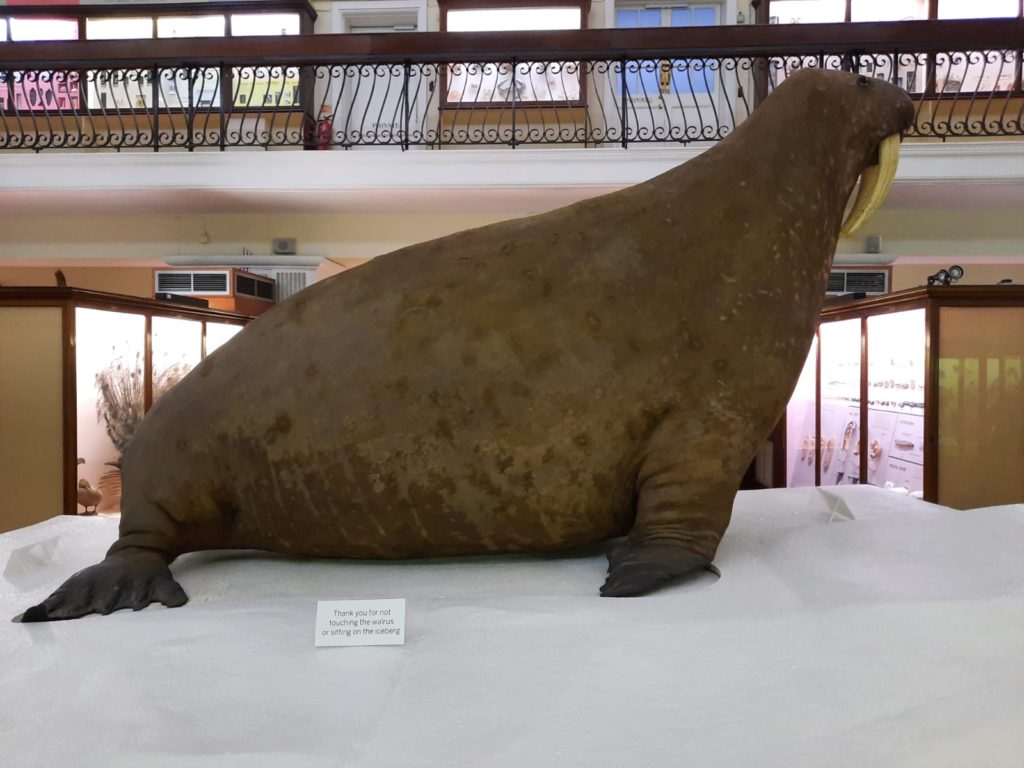
Tell Me About The Horniman Museum
So the Horniman Museum is interesting in terms of London’s museum landscape. It’s out in Forest Hill which is not even on an Underground line (gasp!) so is very much a suburban museum. This means that it caters less to tourists, and more to the local community. This was founder Frederick Horniman’s ambition from the outset. He established the museum in 1890 in his family residence, Surrey House (it was thus initially the Surrey House Museum). A Liberal Party MP, Horniman was a committed social reformer and wanted to “bring the world to Forest Hill.”
The basis for the museum collection was very much in the Victorian style, drawing on earlier ‘cabinets of curiosities.’ Horniman’s family had money from the tea trade, and he amassed objects from around the world, both natural history specimens and objects from other cultures. Opening the museum was an all-encompassing project which caused Horniman’s wife to give ultimatums, took over the family home entirely, and subsequently spread out into extensions and garden projects.
A purpose-built Horniman Museum opened in 1901, and that is the building we visit today (with later modifications). The Horniman still has natural history and world culture exhibitions, as well as a music gallery, many different garden spaces, a Centre for Understanding the Environment, an aquarium, a butterfly house, and temporary exhibitions. Phew! This wealth of activities makes the Horniman an important community resource, but also a lot to do in a day. As this wasn’t our first visit here we could pick and choose – read on for the results below.
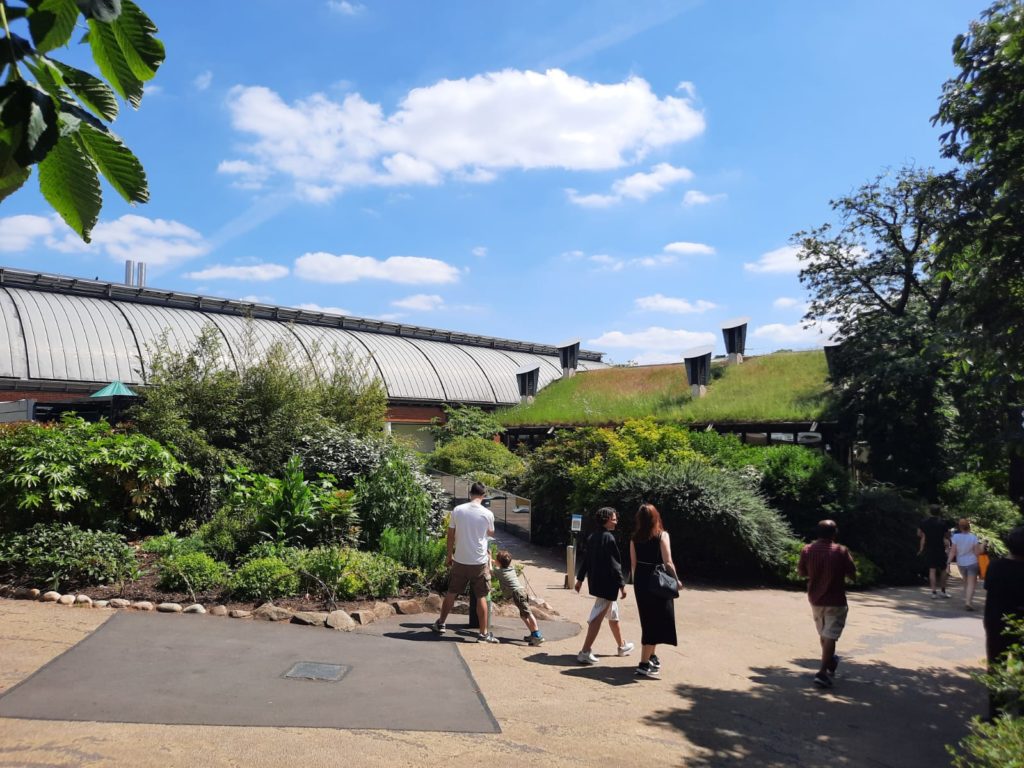
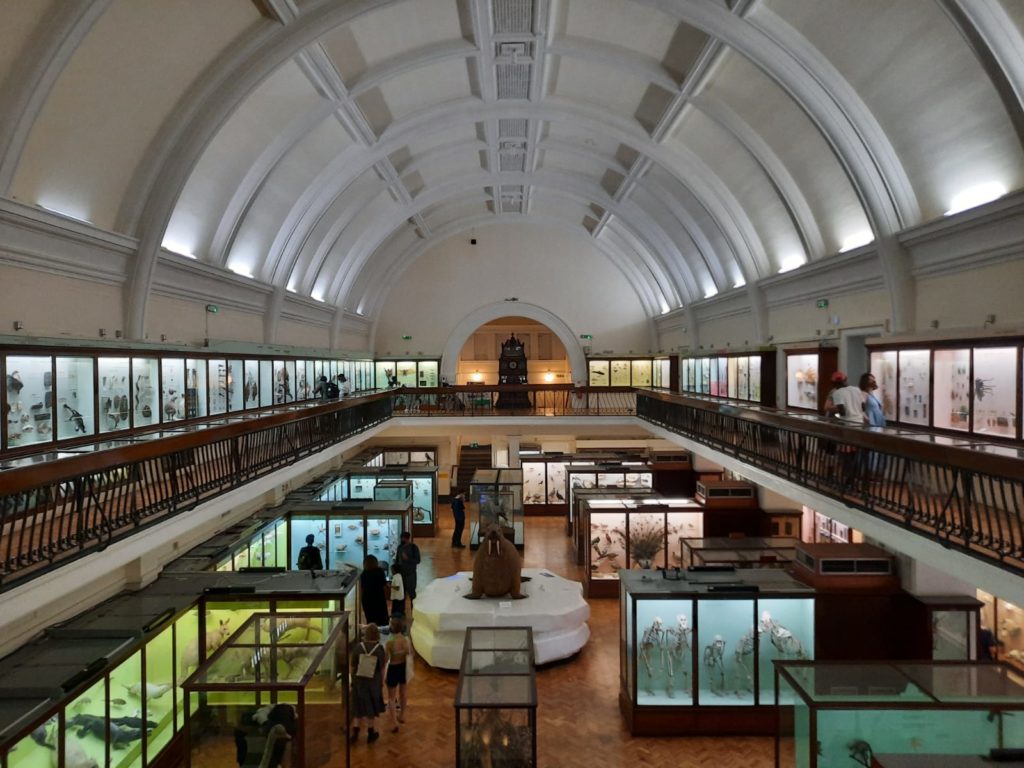
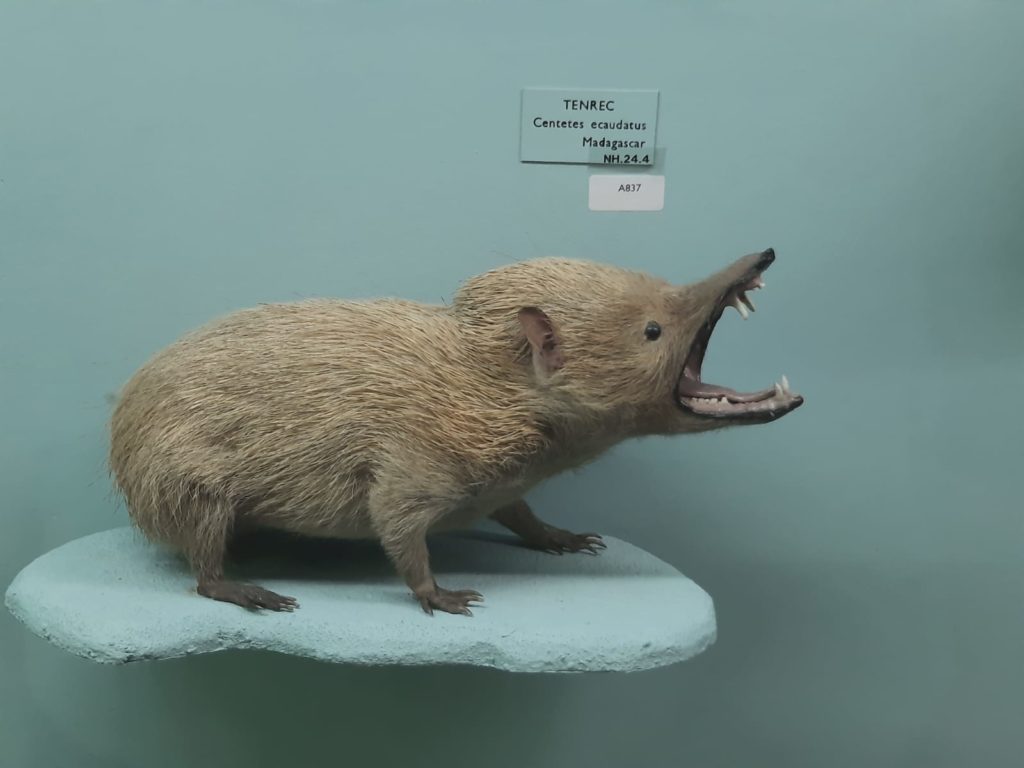
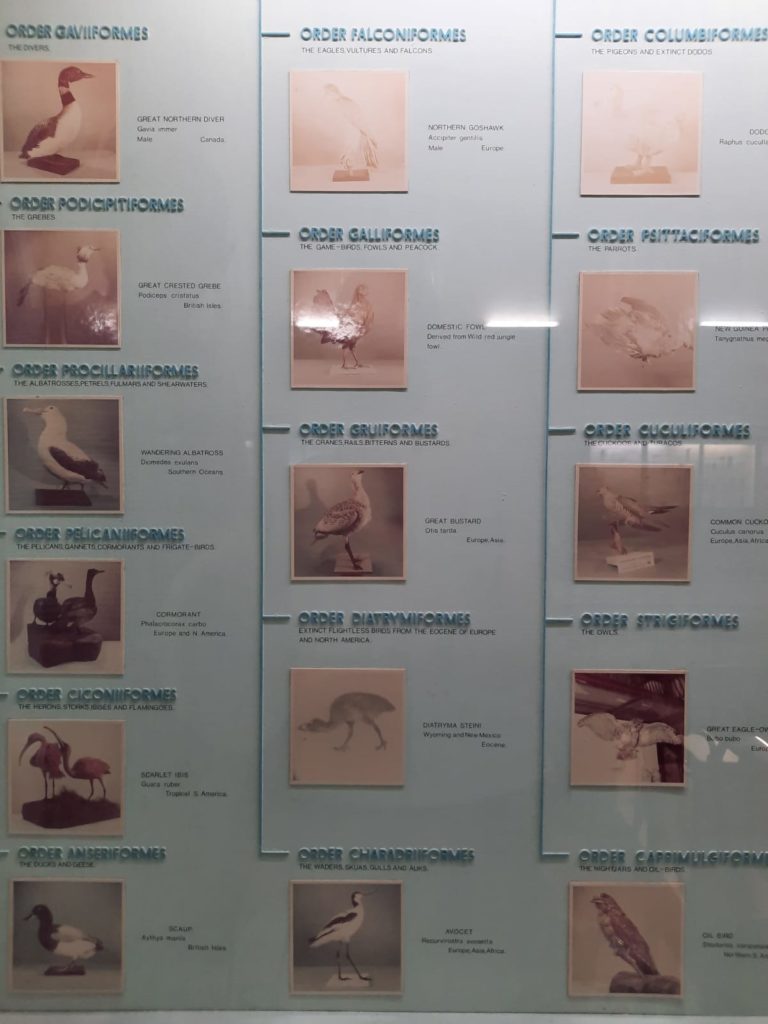
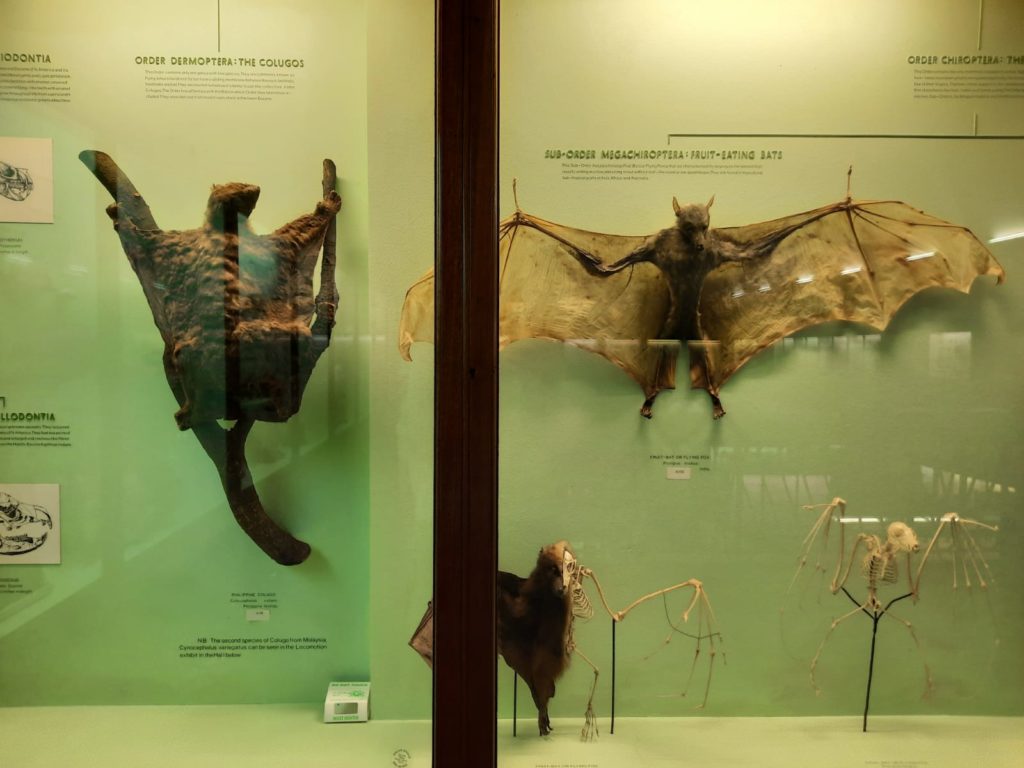
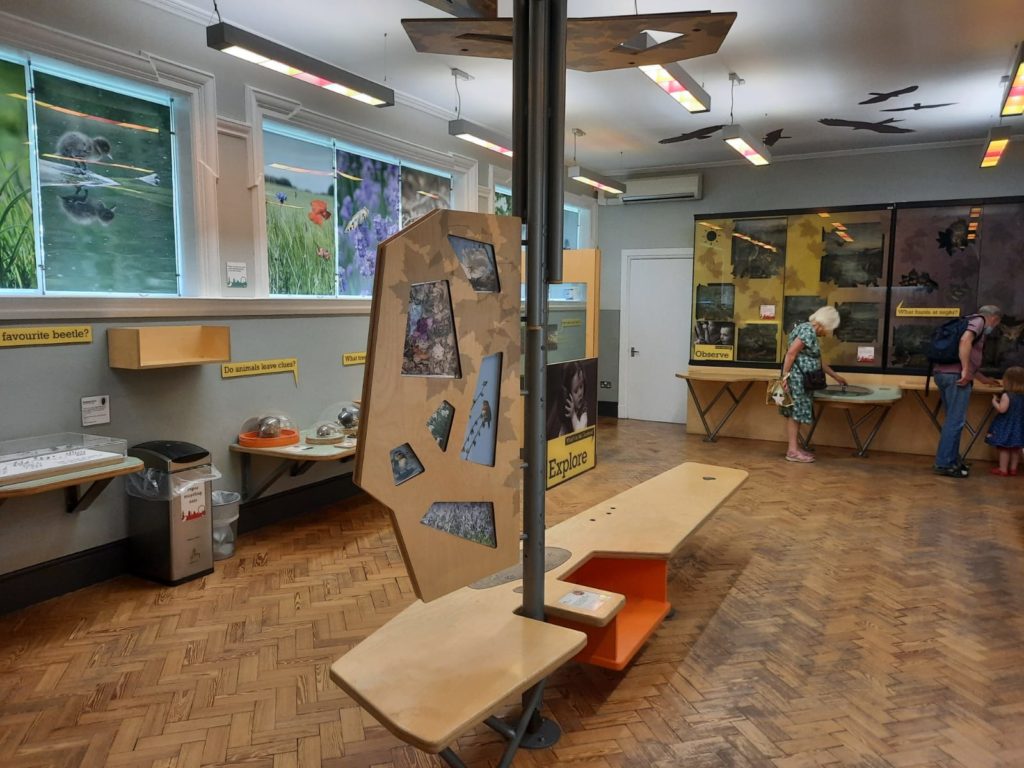
Natural History
The natural history part of the museum is probably the most beloved by local residents and families. The star of the show is the walrus – a 19th century specimen taxidermied by someone who didn’t have much knowledge of walruses and just kept stuffing instead of leaving rolls of skin. The effect is very roly-poly.
I wrote a long time ago about liking old-fashioned museums, and the natural history section of the Horniman definitely fits the bill. The animals are mostly a century or so old, so are a bit lumpy or faded or have strange facial expressions. The displays come from a time when everything was knowable or classifiable: so much confidence compared with our post-modern malaise with absolute truth. And it is definitely a place where you learn by looking rather than touching. There is an attempt at interactive learning at the end (see the last picture above), but otherwise it’s just wonderful old display cases.
There are definitely some things here that you wouldn’t get away with today. I don’t remember ever seeing a bunch of taxidermied dog heads before, for example. But I love that it’s a historic survivor and a holdout. Sadly many of the species (including kiwi) are now endangered or extinct. Collectors may have contributed in some instances. But humankind’s impact on the planet has contributed a lot more, which is why it’s important for children (and others) to learn about the natural world and hopefully help to take better care of it.
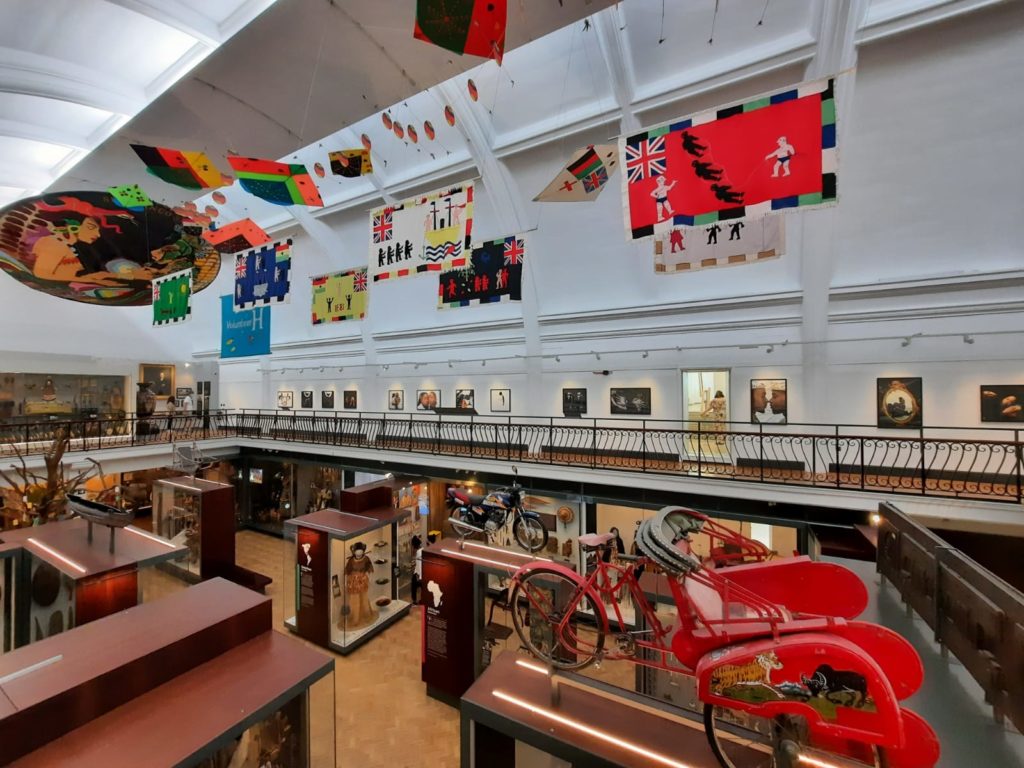
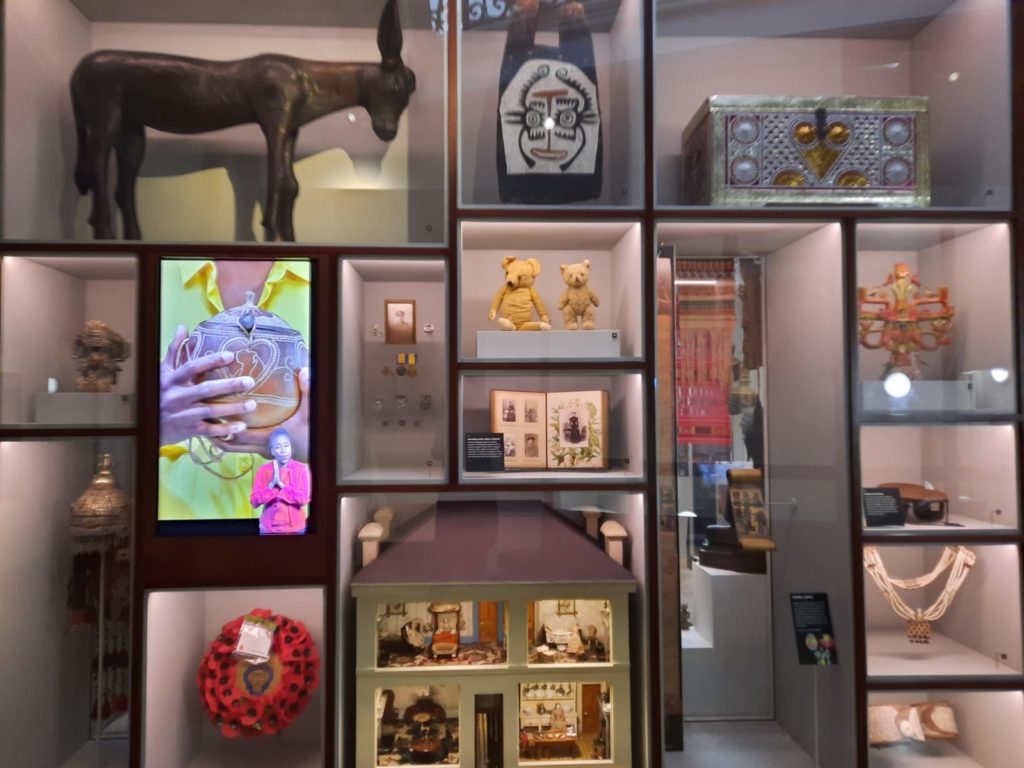
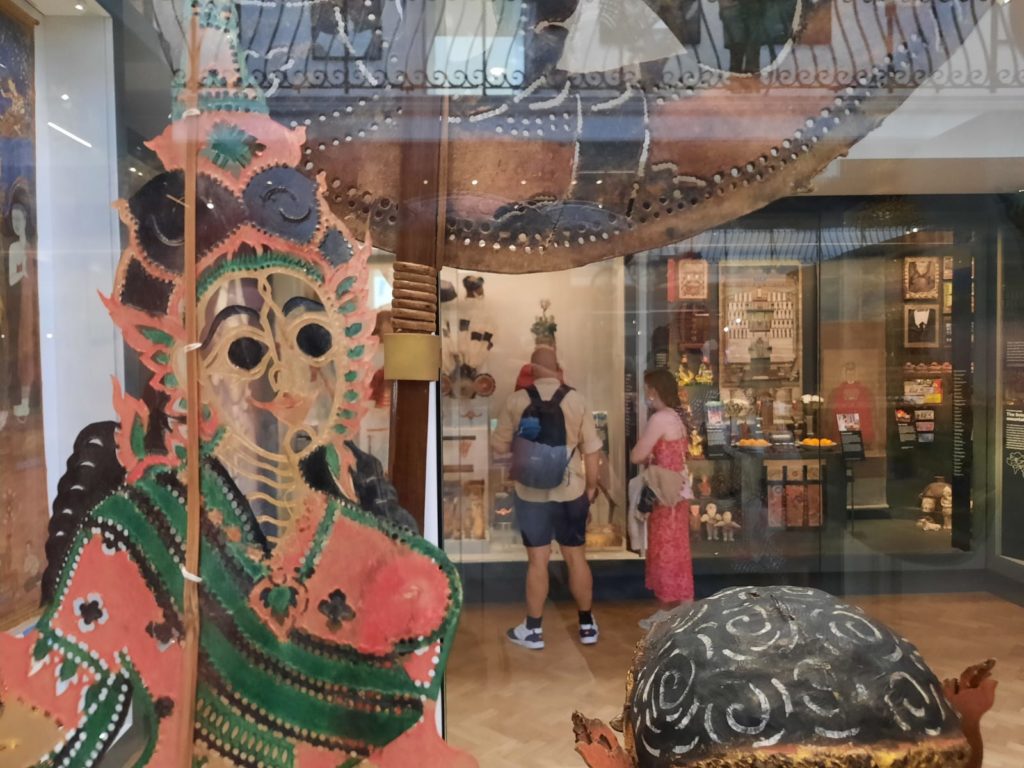
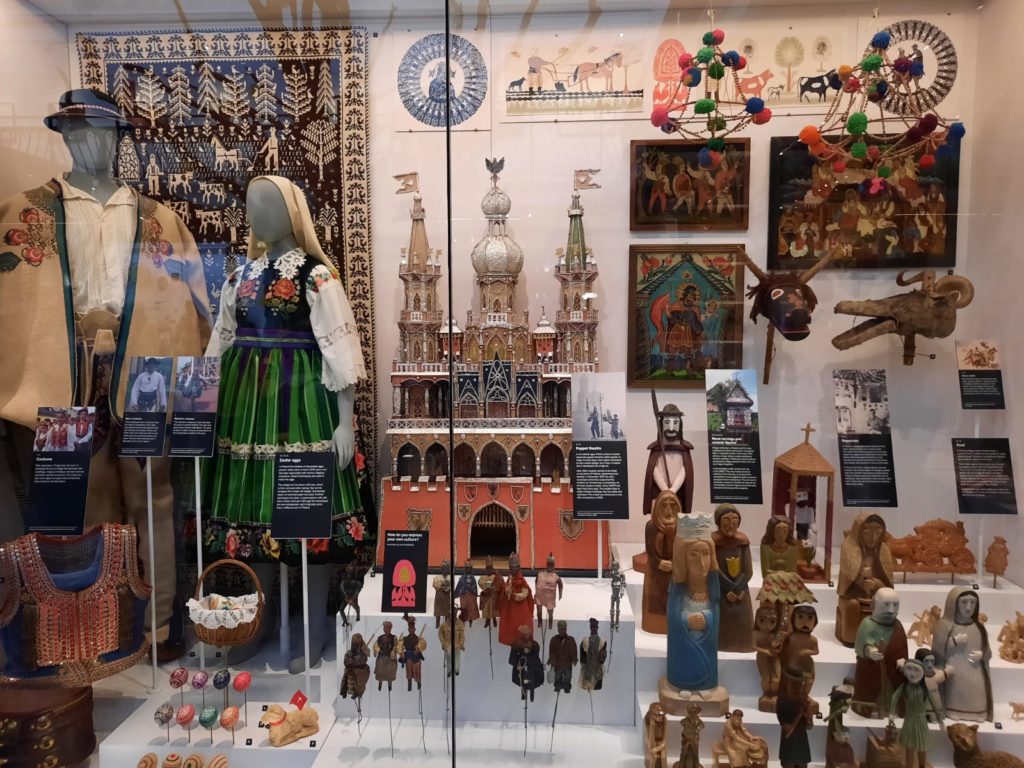
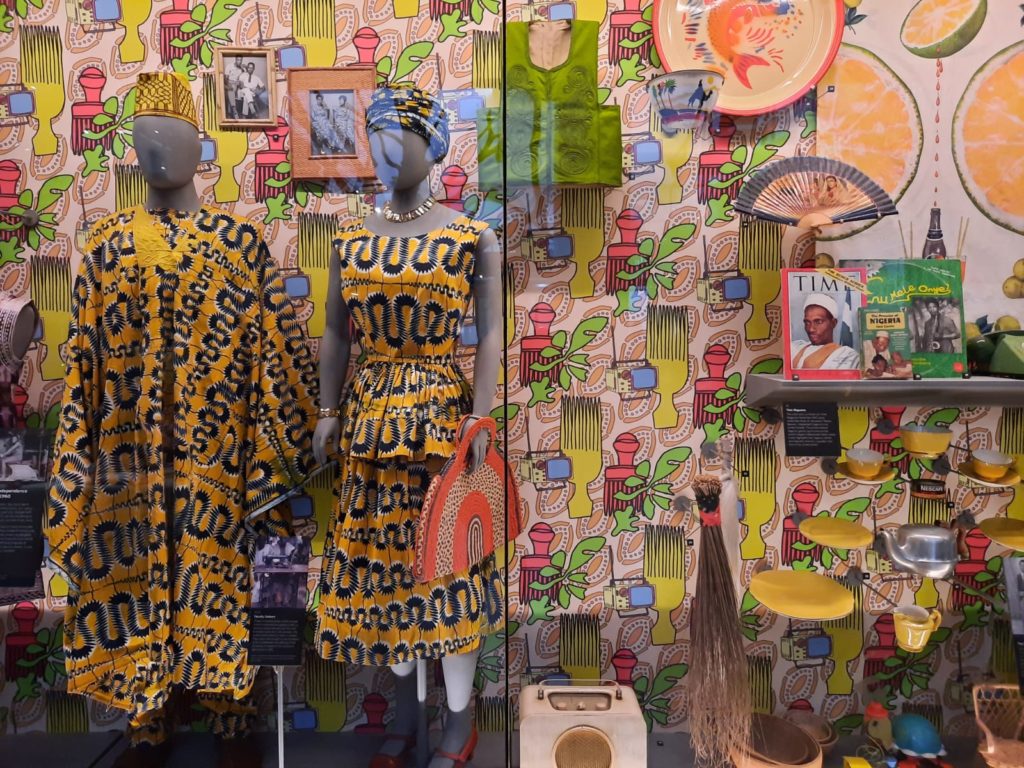
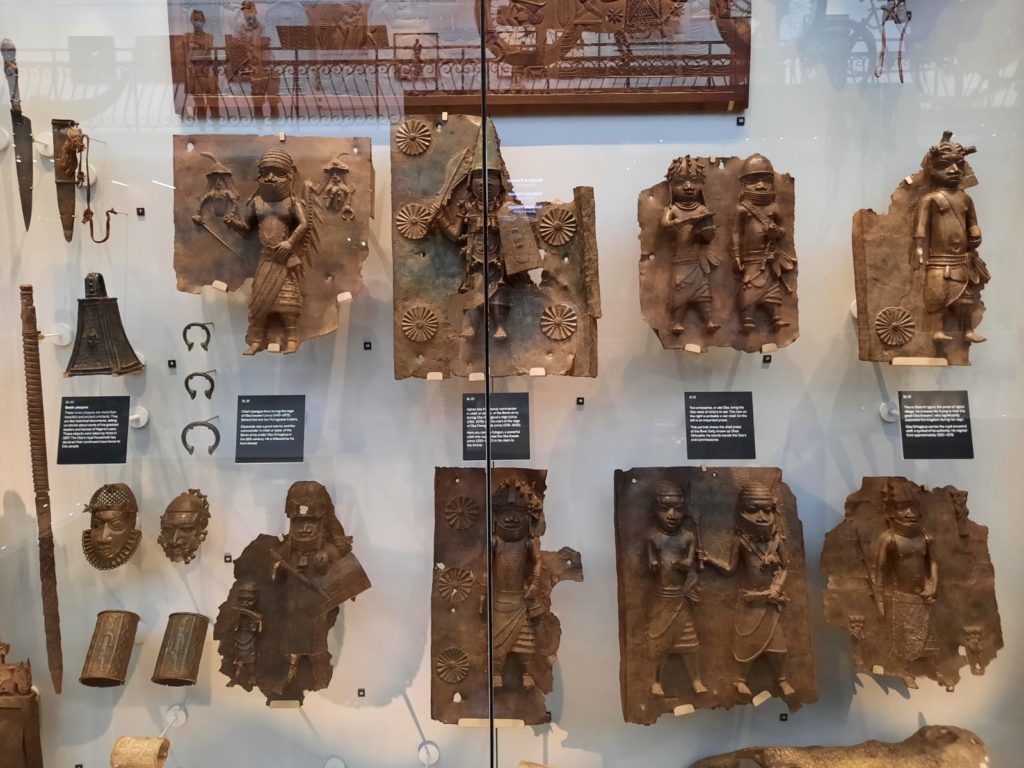
World Gallery
Ethnographic or world culture museums/collections are problematic in this day and age. The Western-centric and Enlightenment-centric premise of them. The ‘othering’. The links to a cultural heirarchy (from which it’s a slippery slope to eugenics). The dubious collecting or documenting practices. I’ve been to some brilliant (virtual) talks on this topic as it interests me immensely – the Pitt Rivers Museum for example has done great work with source communities and different knowledge systems.
The Horniman Museum puts two questions at the heart of its World Gallery which help to reframe the collections:
What is a life well lived?
What is it that we hold dear?
I’m not saying that solves every problematic aspect, but suddenly the World Gallery puts us back in the world. We are no longer looking at people very different from ourselves. Rather, everyone is back on an even footing, living life in all different kinds of ways but sharing connections. It’s subtle but clever.
Contemporary Collecting
The other thing which helps the Horniman’s World Gallery to steer clear of some of the problematic aspects of ethnographic collections is the large amount of collecting that has taken place since Horniman’s day. There are some cases at the back that show the kinds of things he was interested in (they also tackle where his wealth came from – tea plantations – and how that was exploitative). But the Horniman have added huge numbers of modern and contemporary items since. This means the World Gallery does not show cultures as frozen in time, incapable of developing past a ‘traditional’ point, but as modern like you and me.
Compared to the natural history gallery, there are far more up to date display techniques and interactive exhibits here. There’s also a mix of cultural and thematic displays. For example you can go quite quickly from comparing masks across different cultures, to focusing in on the First Nations of North America. To touch on a final controversy, I was surprised to see just how many Benin bronzes are in the collection (bottom image above). The tide has turned recently towards repatriation, and a panel on the wall informs us that the Horniman is in talks to be part of this return of cultural property.
All in all, well-curated and presented collections – top marks!
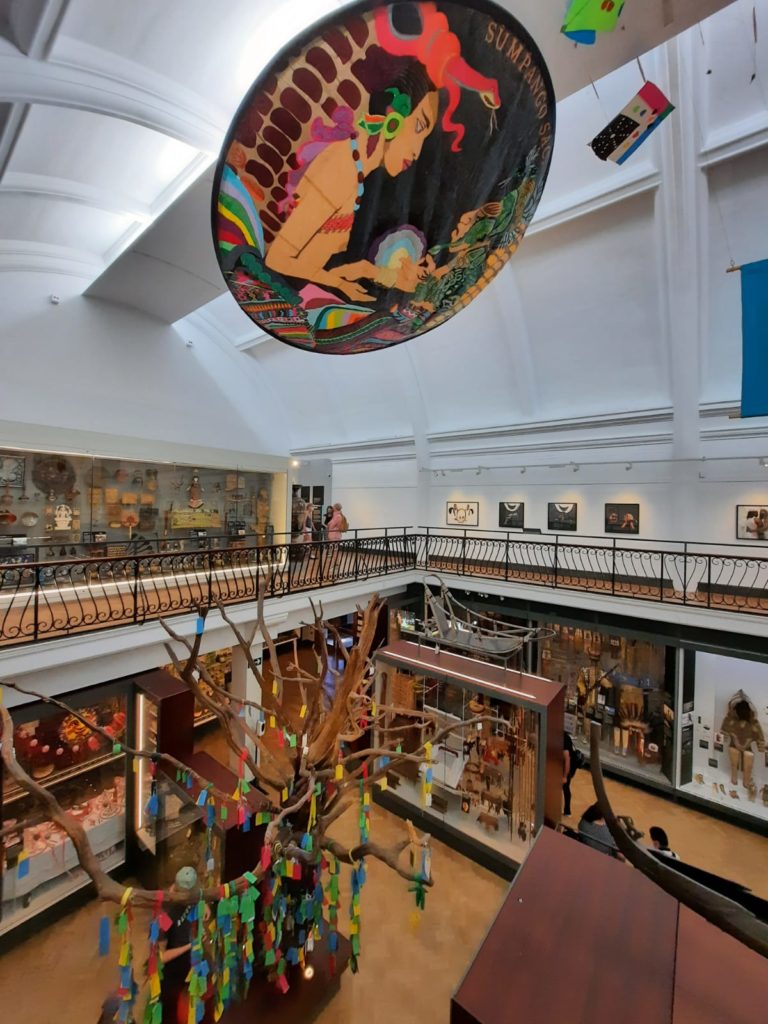
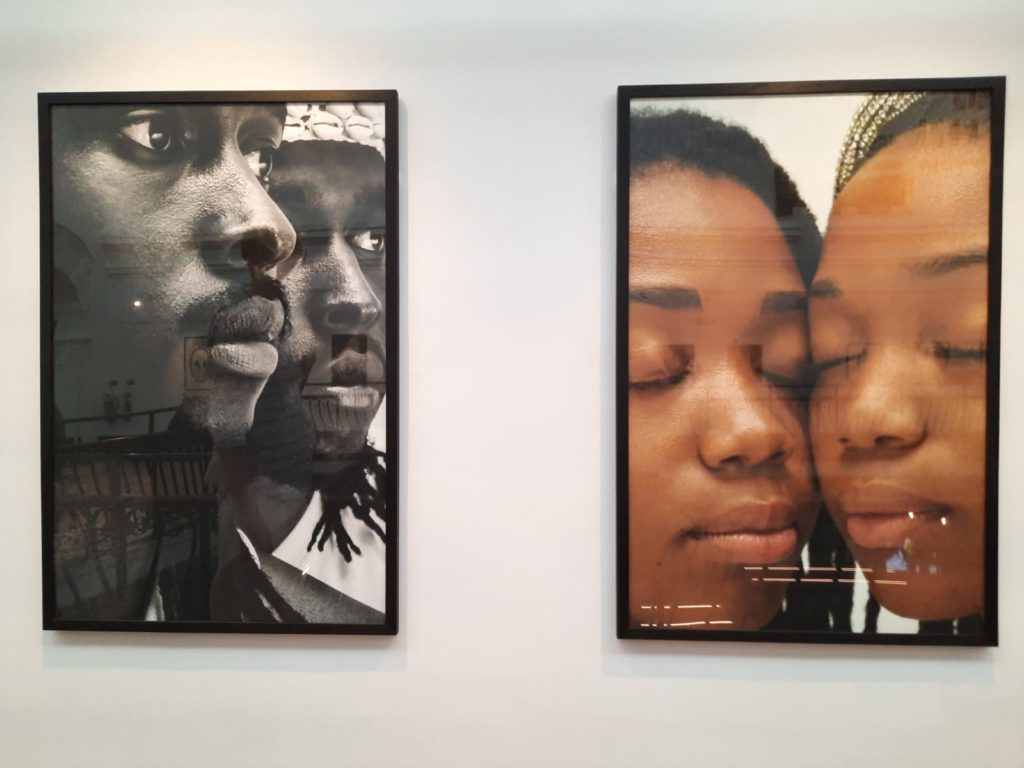
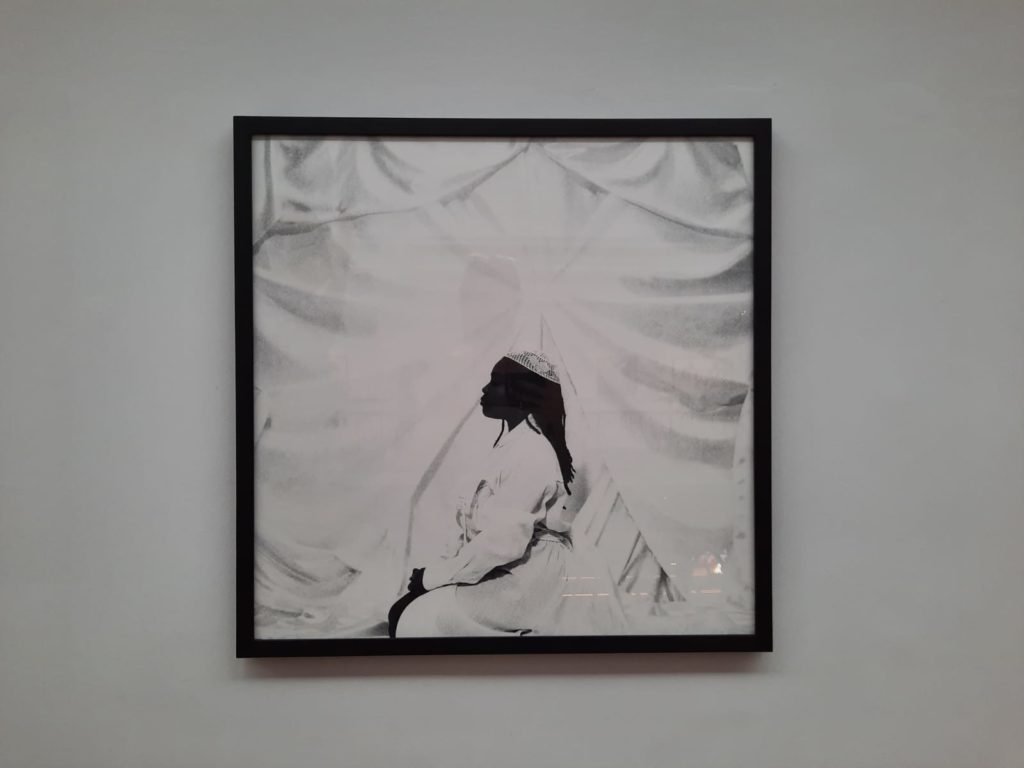
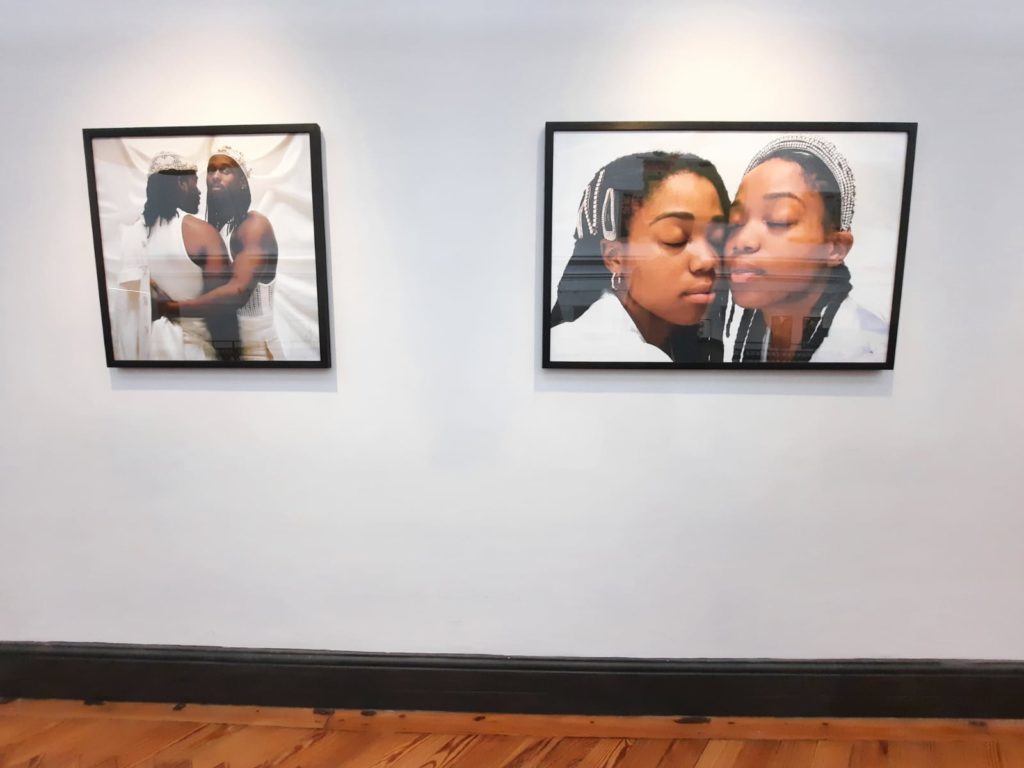
An Ode To Afrosurrealism
This modest temporary exhibition at the Horniman bills itself as “A photographic art display exploring contemporary relationships with spiritualism, reality and surrealism, through a Black British lens.” Afrosurrealism is a term coined in 1974 by poet Amiri Baraka. It is a movement that visualises the present through the surreal and otherworldly. Artists Hamed Maiye and Adama Jalloh explore Afrosurrealism through the imagery of twins and pairs. For them this imagery relates to reality vs. the surreal, union vs. division.
I had been interested to see this exhibition, but found it in reality to be smaller than I had hoped. The works hang around the mezzanine of the World Gallery – fairly large-format prints so not too many photographs in all. I would have liked to know more about the intention behind the exhibition’s placement. Were the works ‘in conversation’ with the Horniman’s permanent collection? Or was this a statement of self-representation rather than relegation into a Western world order? I’m still not quite sure.
On its own merits: 3.5/5
An Ode to Afrosurrealism: 3/5
Implementing Covid measures: 4/5
An Ode to Afrosurrealism on until 19 September 2021
Find out what else you can see in greater London. Subscribe to our weekly Salterton Arts Review newsletter:
If you see this after your page is loaded completely, leafletJS files are missing.

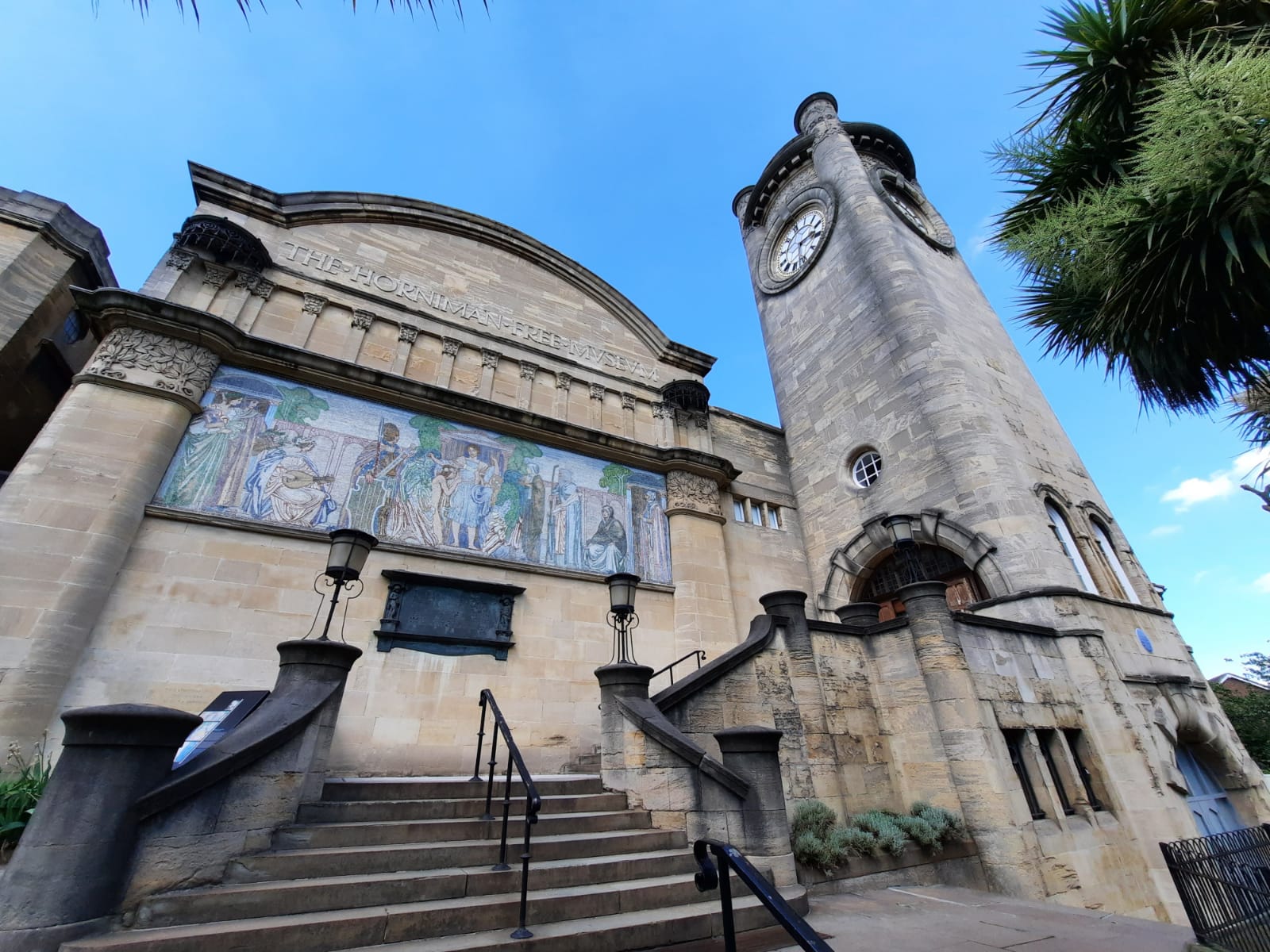
One thought on “The Covid Diaries 82 – Horniman Museum incl. An Ode to Afrosurrealism, London”